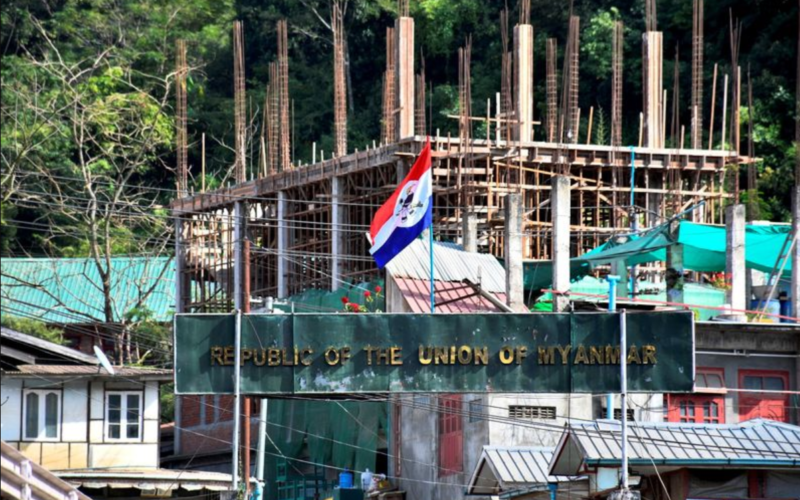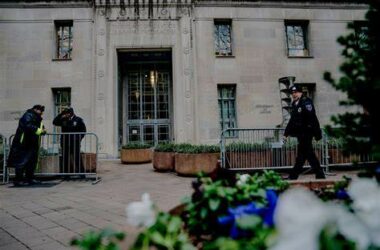Myanmar’s military junta is confronting a multifaceted challenge as an alliance of ethnic minority insurgent groups collaborates with pro-democracy fighters to seize territory and contest the junta’s authority.
On October 27, an alliance known as the “Three Brotherhood Alliance,” consisting of ethnic minority groups, launched coordinated attacks on military posts in northern Shan State, bordering China. The operation, labeled “1027” after its commencement date, resulted in the capture of several towns.
The alliance’s objectives include safeguarding civilians, asserting the right to self-defense, maintaining territorial control, and responding resolutely to the junta’s artillery attacks and airstrikes. Additionally, the alliance is dedicated to eradicating the oppressive military dictatorship and combating online gambling scam centers on the Myanmar-China border.
China, with significant influence in the region, has called for an end to the fighting and pressured the junta to dismantle illicit businesses that have victimized many Chinese citizens through scams and even slavery. Some analysts and diplomats suggest that the offensive could not have occurred without China’s tacit approval.
While Myanmar has witnessed ongoing conflict since the 2021 coup, the recent offensive represents a substantial military challenge to the junta, stretching its forces across multiple fronts. The Three Brotherhood Alliance comprises seasoned groups—the Myanmar National Democratic Alliance Army (MNDAA), the Ta’ang National Liberation Army (TNLA), and the Arakan Army (AA).
Crucially, members of the people’s defense forces, loosely affiliated with Myanmar’s parallel National Unity Government (NUG), joined the alliance, indicating a level of planning and coordination unseen since the coup. Militias are also disrupting the military’s resupply efforts.
Following the Shan State attacks, the AA initiated a front against the military in Rakhine State, violating a year-old ceasefire. Insurgents also launched attacks in Kayah state bordering Thailand and the Sagaing region and Chin State, bordering India.
The extent to which the military’s rule in Myanmar could be under threat remains uncertain, but the 1027 offensive has exposed vulnerabilities in the junta’s stronghold. Rebels have tested security forces in multiple regions, exploiting the junta’s delayed responses and capturing numerous posts, arms, ammunition, and even armored vehicles.
The operation has galvanized armed opposition groups and challenged the military’s narrative of invincibility. The junta, forced to acknowledge the test it is facing, risks its reputation and the potential for a cascading effect of challenges to its authority.
Despite the military’s superior firepower and resources, including air assets and artillery, a decisive response is complicated by stretched security forces and the potential for vulnerability in other regions. Prolonged fighting will strain the endurance and arsenals of both sides.
While the junta may lose control of some border regions, its central authority is likely to persist. Such an outcome would be favorable to neighboring countries like India, Thailand, and China, alleviating concerns about instability and the potential for a refugee crisis.








